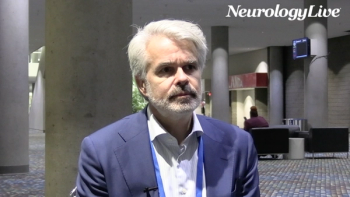
The senior vice president of clinical development for Lundbeck provided in-depth commentary on the mechanism of bexicaserin, and the promising early-stage data shown in those with developmental epileptic encephalopathies. [WATCH TIME: 4 minutes]

The senior vice president of clinical development for Lundbeck provided in-depth commentary on the mechanism of bexicaserin, and the promising early-stage data shown in those with developmental epileptic encephalopathies. [WATCH TIME: 4 minutes]
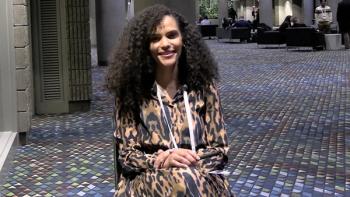
At AES 2025, a clinical neuropsychologist at the Cleveland Clinic Epilepsy Center discussed the growing challenges facing older adults with epilepsy and the need for more comprehensive, research-informed care strategies. [WATCH TIME: 4 minutes]

The professor of translational dementia research at Newcastle University talked about late-breaking data presented at CTAD 2025 on neflamapimod in the phase 2b RewinD-LB trial. [WATCH TIME: 5 minutes]
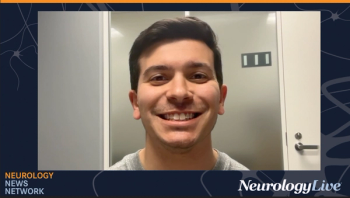
Neurology News Network for the week ending December 13, 2025. [WATCH TIME: 4 minutes]
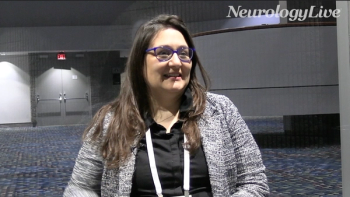
The director of the Adult Epilepsy Genetics Clinic at Northwestern University discussed short- and long-term goals for research, natural history development, and community engagement of the AES-sponsored GEAN Consortium. [WATCH TIME: 3 minutes]

In this segment, the physicians discuss how they introduce medical therapy for plexiform neurofibromas (PN) when treatment is first considered for a child with NF1. One physician explains that these conversations begin early—often at the moment of tumor detection—because young children may experience faster tumor growth and require close monitoring. He emphasizes how early discussion helps families understand that effective treatments now exist, alleviating the anxiety rooted in decades of limited options. The segment highlights the importance of new, child-friendly formulations such as the selumetinib SPRINKLE preparation, which allows dosing in infants and toddlers, and notes that mirdametinib was also developed with a soluble form suitable for very young patients. The physicians then shift to treatment expectations. They describe pain relief as the earliest and most meaningful sign of clinical improvement, while radiographic responses—when visible—typically emerge only after several months. Because confirmed tumor shrinkage can take a year or longer, families are counseled that therapy requires long-term commitment.

n this segment, the physicians discuss how they introduce medical treatment options to families when a plexiform neurofibroma is first detected in a child with NF1. One physician explains that he begins the conversation early, emphasizing close monitoring because very young patients may experience more rapid tumor progression. He notes that discussing available therapies up front helps families avoid the fear that nothing can be done, especially given historical limitations in treatment. The conversation includes considerations for both early surgical intervention in small, discrete tumors and the role of long-term medical therapy when surgery is not feasible. The physicians then review the mechanisms of FDA-approved MEK inhibitors used to treat NF1-PN, including selumetinib and mirdametinib. They explain that loss of neurofibromin leads to unchecked RAS activity, driving tumor growth through the MEK pathway. MEK inhibitors disrupt this signaling to slow or halt tumor progression. Although the two agents vary slightly in mechanism, they perform similarly in clinical practice.
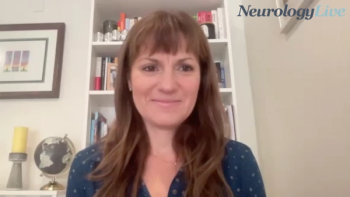
The president and CEO at Project Sleep discussed how inaccurate media portrayals of narcolepsy can contribute to stigma, misunderstanding of symptoms, and delays in clinical diagnosis. [WATCH TIME: 5 minutes]

The chief medical officer at Xenon Pharmaceuticals outlined why azetukalner’s selective potassium channel activation offers a different way to suppress hyperexcitable neuronal circuits in focal epilepsy. [WATCH TIME: 3 minutes]
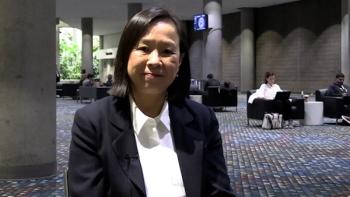
The clinician educator at the University of Toronto discussed the complex challenge of caring for women with epilepsy that demands both clinical expertise and personalized care. [WATCH TIME: 4 Minutes]
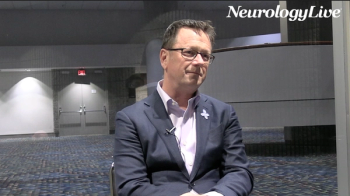
The director of the Pediatric Epilepsy Center of Excellence at the University of California San Francisco detailed early phase data of Encoded Therapeutics’ ETX101 gene replacement therapy in children with Dravet syndrome. [WATCH TIME: 3 minutes]
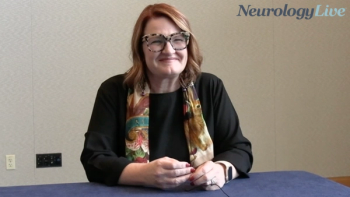
The vice president of U.S. medical affairs and global at Eli Lilly and Company discussed how a subgroup of patients treated with donanemab maintained cognitive benefit for 2 years. [WATCH TIME: 5 minutes]

The executive director of the Institute for Translational Research at UNT Health discussed how to increase representation of underrepresented groups in Alzheimer disease clinical trials. [WATCH TIME: 5 minutes]

F1 Diagnostic Criteria and Clinical Recognition

F1 Diagnostic Criteria and Clinical Recognition
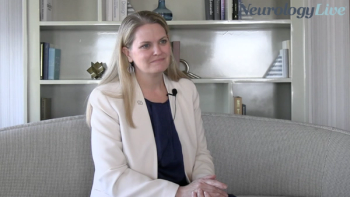
At CTAD 2025, the senior vice president of medical and scientific relations at the Alzheimer's Association talked about how structured lifestyle interventions improved blood pressure and sleep in the U.S. POINTER study. [WATCH TIME: 4 minutes]
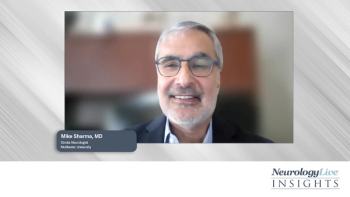
In this final iteration, neurologist Mike Sharma, MD, reflects on how rapid diagnostics, comprehensive vascular management, and novel therapies are redefining the approach to secondary stroke prevention.
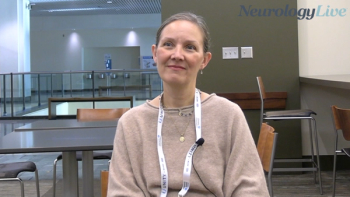
At NSGC 2025, the research director at the Clinic for Special Children discussed the clinic’s approach to accelerating the diagnosis and treatment of spinal muscular atrophy. [WATCH TIME: 5 minutes]

Neurology News Network for the week ending November 29, 2025. [WATCH TIME: 4 minutes]
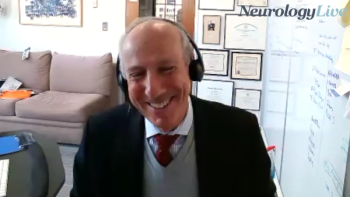
The director of the Les Turner ALS Center at Northwestern Medicine talked about his lab’s preclinical research on identifying genetic targets for neurodegenerative diseases. [WATCH TIME: 5 minutes]
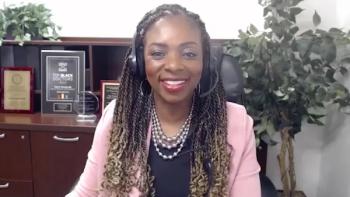
The medical director of the stroke recovery program at JFK Johnson Rehabilitation Institute at Hackensack Meridian Health discussed the role health insurance plays in stroke survivors receiving rehabilitation care. [WATCH TIME: 4 minutes]

The pediatric epileptologist at Boston Children’s provided clinical commentary on the potential reasons behind variability existed in using sequential versus combination therapy, third therapies, and adverse event monitoring for infantile epileptic spasms syndrome. [WATCH TIME: 3 minutes]

In episode 3, Mike Sharma, MD, reviews findings from the phase 2 PACIFIC-STROKE trial and explains how its results informed the design and dose selection for OCEANIC-STROKE.

The neurologist at the Multiple Sclerosis Center of Catalonia talked about the challenges of defining seronegative in new diagnostic criteria for neuromyelitis optica spectrum disorder [WATCH TIME: 5 minutes]
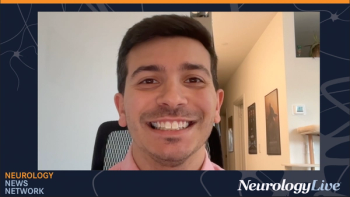
Neurology News Network for the week ending November 22, 2025. [WATCH TIME: 4 minutes]
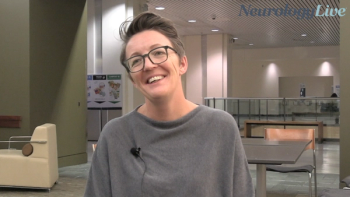
The senior director of research and real world data at Genome Medical talked about the benefits and challenges of genetic counselors adopting artificial intelligence tools. [WATCH TIME: 5 minutes]
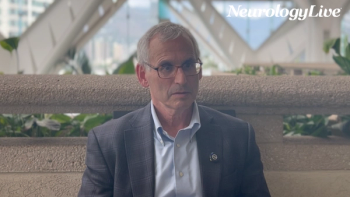
The chief medical officer at Ventyx Biosciences provided commentary on early clinical findings supporting NLRP3 inhibition with VTX3232 as a potential disease-modifying approach for Parkinson disease. [WATCH TIME: 4 minutes]
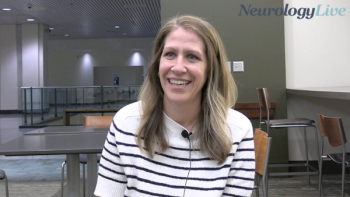
The genetic counselor in the Department of Ophthalmology at the University of Pittsburgh Medical Center talked about the evolving role of genetic counselors in guiding patients through gene therapy. [WATCH TIME: 4 minutes]
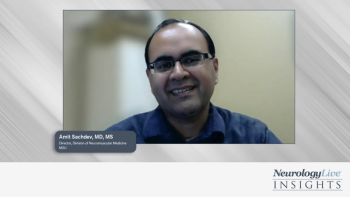
Panelist discuss individualized treatment strategies that balance efficacy, tolerability, and lifestyle considerations to move patients beyond maintenance plateaus in chronic inflammatory demyelinating polyneuropathy (CIDP) care.

The medical director of the stroke recovery program at Hackensack Meridian Health JFK Johnson Rehabilitation Institute provided clinical insights into her presentation focused on expanding rehab care for stroke survivors across settings. [WATCH TIME: 5 minutes]